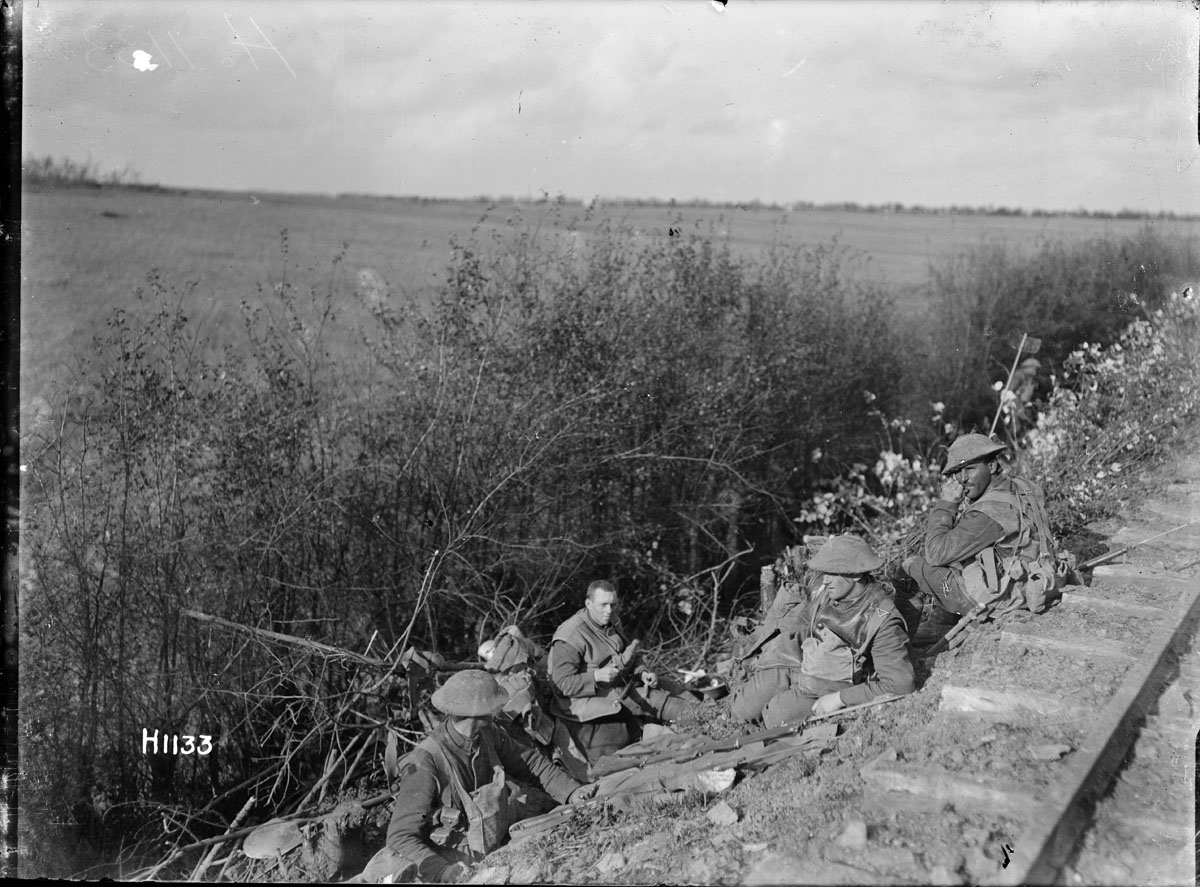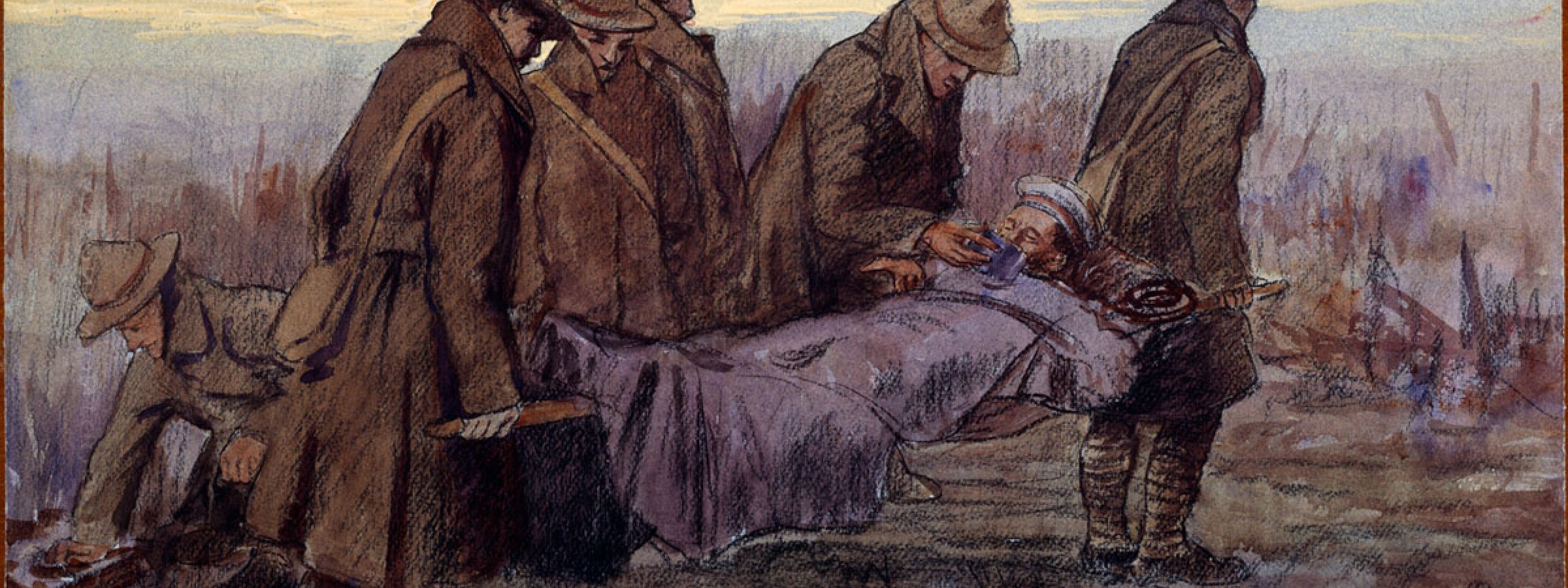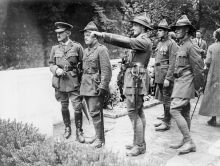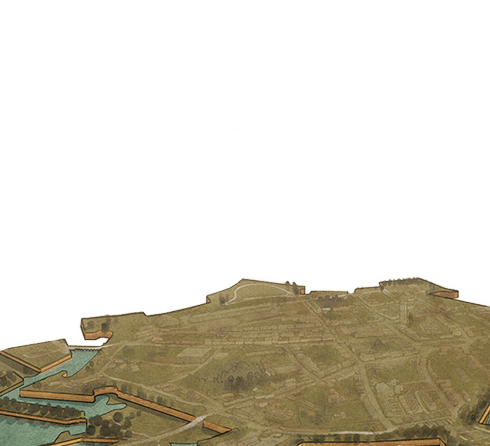Known as ‘the Hundred Days Offensive’ (although it wasn’t a single co-ordinated offensive), the final period of the First World War involved a rapid, highly effective series of pushes by the Allies all along the Western Front. This forced the Germans from France and resulted in the armistice on 11 November.
The period began with the Battle of Amiens on 8 August 1918. The Second Battle of Bapaume followed, between 21 August and 3 September. Here, on 29 August, the New Zealanders had one of their most significant victories during the war when, alongside British troops, they took Bapaume back from the Germans.
Read this audio story
New Zealand soldiers during the last weeks of the war
"Most New Zealanders were not in action as fighting came to an end in 1918. News of the armistice early on the 11th of November didn’t come as a complete surprise to them. They knew that a German delegation had crossed the lines to discuss terms some days earlier and also that the Kaiser had abdicated. So their response was muted. Some New Zealanders were in action right up till the last hour, including the NZEF’s cyclists and mounted riflemen and numerous officers and men serving in imperial units. It appears that no New Zealanders were among the more than 2,000 men killed in action on the Western Front during the morning of the 11th. The last New Zealander to lose his life as a result of enemy action was an airman in the Royal Air Force, who was mortally wounded during an operation on the 9th of November."
The Germans were firmly in retreat by that stage, withdrawing to a series of defensive lines, and many of their demoralised troops were surrendering.
The New Zealand Division continued to push forward, often mopping up isolated pockets of resistance. They found themselves moving across open ground – a starkly different situation to the claustrophobic trench warfare that they had taken part in on the Western Front previously.

Alexander Turnbull Library, Wellington. Ref: 1/2-013688-G. http://natlib.govt.nz/records/23054994
The troops advanced in sections, taking the German defensive outposts one by one. On 1 October, the New Zealand Infantry Brigade captured the town of Crèvecoeur-sur-l’Escaut, establishing a foothold across the Scheldt Canal. By late October, the New Zealanders had reached Le Quesnoy – where they would fight their last engagement of the war.
Allied victory was in sight, and as the men began to realise this, morale rose. Fighting also intensified and casualties increased markedly. On 23 and 24 October alone, 75 New Zealanders were killed and more than 400 wounded.
During the last two weeks before the armistice, 290 New Zealand men were killed in combat. While this is only a small fraction of those lost during the entire war, it was a very large number over a small space of time.
Amid the fierce fighting and rapid advances of late 1918 there were many instances of valour and determination, and five out of the eleven Victoria Crosses awarded to New Zealanders were won during the final few months of the war.






